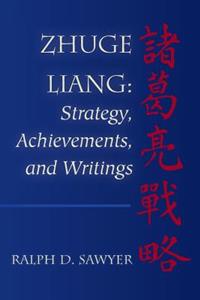Pu Chengzhong 蒲成中(傳誠法師)
Publication Year:
2014
Publisher:
Cambridge Scholars Publishing
Abstract:
Through detailed discussions of several Buddhist and Chinese moral concepts and beliefs and accompanied by some edifying short stories, this book investigates three types of ethical treatment of animals in early Chinese Buddhism: the imperial bans on animal sacrifice; the early development of the two unique and living traditions of vegetarianism; and the freeing of animals. The book presents a demonstration of the early Chinese acceptance of Indian Buddhism, providing the reader with a better understanding of the early history of Chinese Buddhism in general, and of the integration of Chinese and Indian Buddhist cultures in particular.
Table of Contents:
Preface ........................................................................... vii
Abbreviations ................................................................... ix
Introduction ......................................................................1
Chapter One ..................................................................... 9
Governmental Prohibitions on Animal Sacrifices
1. Animal Sacrifice in Early China
2. Buddhist Views on the Killing of Animals
3. Edicts Prohibiting Animal Sacrifices and Killing Animals
during the 5th-7th Centuries
4. Conclusion
Chapter Two .....................................................................39
Chinese Buddhist Vegetarianism
1. Indian Buddhist Views on Meat Eating According to Chinese
Sources
2. The Vegetarian Tradition in Early China
3. Chinese Buddhist Vegetarians prior to the Imperial Campaign for
Vegetarianism
4. The Imperial Legitimisation of Vegetarianism for the Saṅgha
5. Conclusion
Chapter Three ................................................................101
The Buddhist Tradition of Releasing Animals
1. Releasing of Animals in Pre-Buddhist China
2. The Buddhist Practice of Releasing Animals Prior to the 5th Century
3. The Custom of Releasing Animals in 5th and 6th Century China
4. Conclusion
Chapter Four ...................................................................133
Animals in Chinese Moral Beliefs
1. The Features of the Early Chinese Ethical System
2. The Buddhist Doctrine of Moral Causality
3. The Integration of Chinese and Buddhist Moral Values
4. Recompense for Helping Animals
5. Consequences for Harming Animals
6. Conclusion
Conclusion ............................................................205
Appendix ..............................................................211
Bibliography ...................................................... 215
Index .................................................................263

